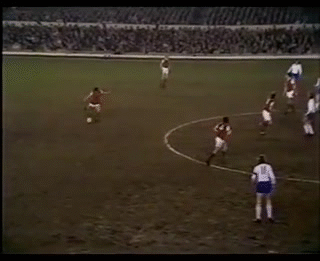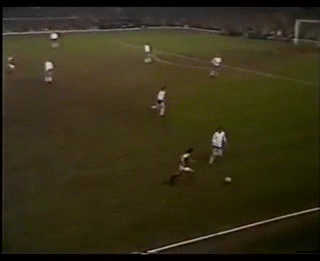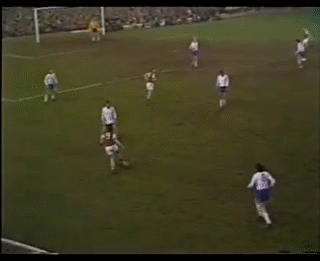Team Antohan
Theme:
About a month ago I was reading about Gianni Brera and how he influenced the sport, in Italy in particular, as Editor in Chief for La Gazetta dello Sport. He always maintained that Uruguay’s 1954 side was the gold standard as far as a
devastatingly effective combination of technique, tactical discipline and courage was concerned.
He raved about the superior logic of it:
a rock solid defensive foundation (you can’t lose if you don’t concede), quick transitions and the requisite pace, power and invention upfront to dismember a defence: a genius like Schiaffino + pace, flair and good movement from dogged forwards. He argued the Italian side that had got closest was Rocco's AC Milan and la Grande Inter of the 60s, and lamented how merging the Milan sides for the NT hadn’t produced results better than the sum of parts.
That got me thinking and the philosophical similarities are indeed quite strikin
g. There's a clear arch between how that Uruguay side influenced Europe's and South America's most succesful sides of the 60s: Peñarol and the Milan sides.
Peñarol's 40s side had relied on an exceptional spine and forward line, a unique generation, uber-attacking and a joy to watch.
Schiaffino orchestrated the attack, Varela orchestrated the recovery, two GOATs in perfect sync. Devoid of such once-in-a-lifetime riches, the 60s side had deployed a less expansive but hugely effective setup, resorting to foreign imports to shore up any quality gaps.
Uruguay’s pool is very rich in certain aspects (courage, determination, teamwork) but
we’ve always struggled for ballplaying centrebacks, can’t remember a great leftback in my lifetime, and pace isn’t something we are usually blessed with, so the Italians will be providing these.
FOOTBALL THROUGH THE EYES OF GIANNI BRERA
(where I don’t use direct quotes I’m paraphrasing/summarising what is a bunch of very long articles written in 1954 and thereafter)
"The most beautiful game I've ever seen played, I learned more in those two hours than in twenty years of playing and being a football critic". That’s how Gianni Brera, the legendary Editor of La Gazetta dello Sport, referred to what he regarded as the greatest game in history: the 1954 World Cup Semifinal between Uruguay and Hungary.
"It was a drama full of competitiveness, full of epic moments in every nook and cranny.
It wasn’t a football game... it was a planetary event, two empires clashing. In my eyes, the top technical and competitive game, the most beautiful in the world.
It was a compendium of football played until then, and thereafter”.
On the one hand Hungary’s Aranycsapat (Golden Team), one of the greatest teams of all time, it’s spine straight out of Honved Budapest, the army team:
Bozsik, Czibor, Kocsis... gathered around a genuine star like Ferenc Puskas.
Hungary played a kind of total football ahead of its time, th
ey adopted a 3-2-3-2 tactical formation which involved continuous movement to create consistently superior numbers. It was one of the first attempts in which players moved as one body in a compact game with everyone doing pretty much everything. Puskas’ Hungary is where the roots of Cruyff’s Netherlands, Sacchi’s Milan and Guardiola’s Barcelona can be traced back to.
The Magyars were the best Europe had to offer. Unbeaten in four years, they had reached a momentous peak when they beat England at Wembley 6-3. The game could easily have ended 14-3. It was like time stood still and the Hungarians had arrived from the future and invented, step by step, a football never seen before.
In front of them that afternoon, were the wonderful Uruguayans: the incumbent World Champions, unbeaten in international competitions since their first game at the 1924 Olympics. They were the heroes of the Maracanazo, the biggest collective shock in the history of sports. In 1950, they had won the World Cup against Brazil at the Maracanã, in front of two hundred thousand spectators, a capacity never again achieved at any stadium for a football match. The game left a trail of 34 suicides and 56 heart attacks in its wake.
If there had ever been until then
a school of football that could blend fantasy and extreme concreteness, innate tactical wisdom and containment effort, this was the Uruguayan’s. The Brazilians were more eye-catching but tactically inferior, that’s why they lost 2-1. But the Maracanazo didn’t come out of nowhere like the Magyars. Uruguay’s style was developed in the twenties and thirties, when a small country of just over two million inhabitants had won two Olympics in a row and the first World Cup, which they organised. “These beautiful Uruguayans could claim to be the fathers of football, because everyone knows England is the mother”.
Abbadie scores the 7th vs. Scotland, assisted by Varela
"The fulcrum of the team was none other than Juan Alberto Schiaffino, Il Pepe, who along with Ghiggia and Varela had silenced those two hundred thousand fans. Most important to us in Italy, he was the best player in the world and he had just signed for Milan.
He would go on to revolutionise our calcio".
Hungary arrived at the meet having beaten South Korea 9-0, West Germany 8-3, and Brazil 4-2. Uruguay had lost several players to injury, including the captain Varela after the 4-2 quarter final against England. It didn’t bode well for them that their frontline, Schiaffino aside, had evaporated along with their captain.
It was simple, they couldn’t possibly win.
At the beginning of the second half, Hungary is already 2-0, a result that would undermine anyone.
Yet something strange happens: the Uruguayans defended the defeat. They do not throw themselves furiously to the attack; they do not change their patterns or their game. While other teams would open up and take risks that spell their inevitable doom, they continue to wait for the rival’s advances, even if time is running out... A remarkable winning choice, as thanks to their counter-attack, the Celeste can equalise with two goals from Hohberg and, in the final seconds, should have achieved a resounding victory when Schiaffino’s shot was stopped by nothing other than a muddy goalmouth.
___________
Hohberg's goals, assisted by Schiaffino
"Over the years I would witness time and again that
remarkable quality in Schiaffino: the power of synthesis. He would poke and probe, test every component of a defence, every combination of defensive players, observe their instinctive reactions, what made them uncomfortable, how they made decisions, and then he computed it all and drew conclusions. Once he did, he would know how to tear up any defence. In the course of his testing his team often scored, but if they didn’t,
you knew Schiaffino was building up more knowledge on the rival defence than even they or their manager had. He would wait for half-time, and then after it he would unleash his learning upon his helpless victims. Both that Uruguay team and Milan could completely turn a game around in a second half thanks to the God of Football".
The game goes into extra time and the Uruguayans get within touching distance of victory. But they hit the post, twice. Then Andrade goes out injured and the gameplan falls apart: Kocsis scores twice and Hungary are in the final.
From his biographer:
Uruguay lost, but the next day Brera published on the "Gazzetta dello Sport" a nine-column tribute to the defeated team. He explained why, while seeing them play and within touching distance of victory twice, he had been able to reach "full maturity" on all things football.
Everything Brera wrote later on catenaccio, the defensiveness or the deep spirit of Italian football, derives largely from that game and the reflections that it prompted.
You could say that Italian football in the sixties, seventies and eighties - so deeply influenced by the pen of Brera – largely resulted directly or indirectly from the sublime Uruguayan school. It derives from that game. Not just the most beautiful game of all time, but also a clash between different worlds and cultures, between two different ways to adapt to history and its events.
It was all triggered by how the under-strength and exhausted Uruguayans continued to "defend the defeat", not giving up on a counter attack or deviating from their gameplan in the face of adversity.
In that act of extreme heroism in front of an athletically superior juggernaut, Brera glimpsed everything there was to know about football and on adapting its endless combinations. While you may prefer other styles, it is difficult to deny that the greatest succeses of Italian football were achieved by playing like that all the way to the 2006 World Cup triumph.




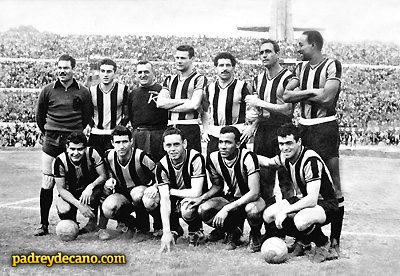


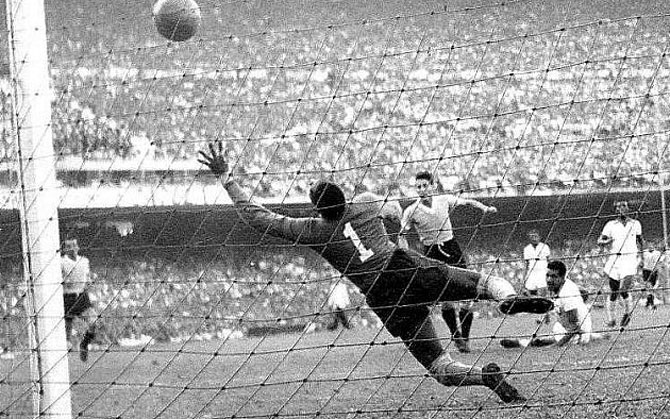
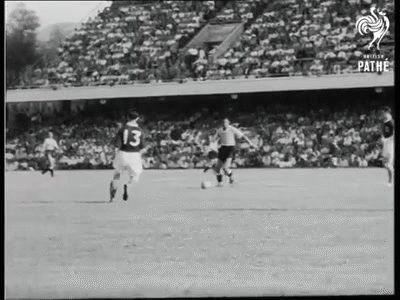
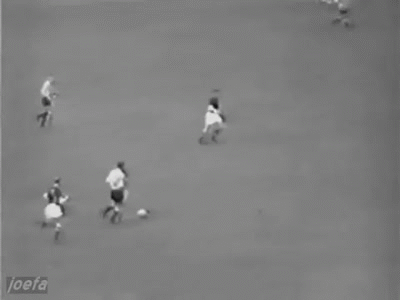
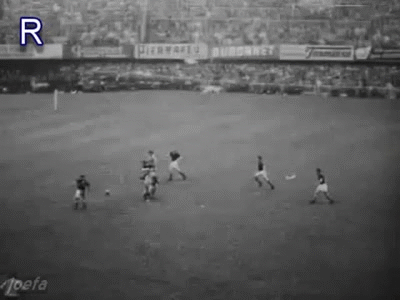
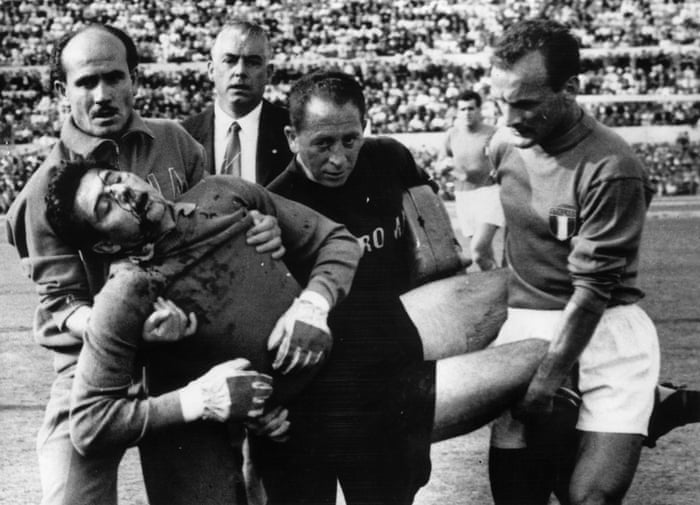




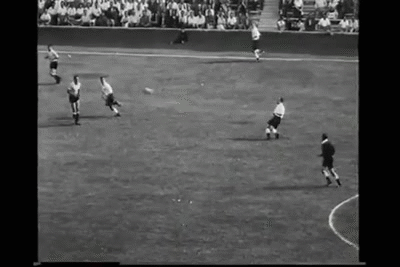

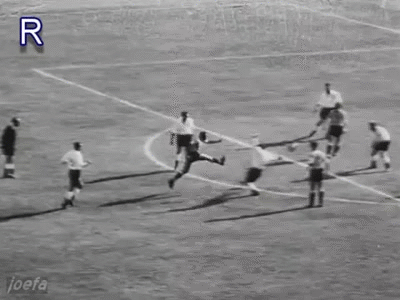



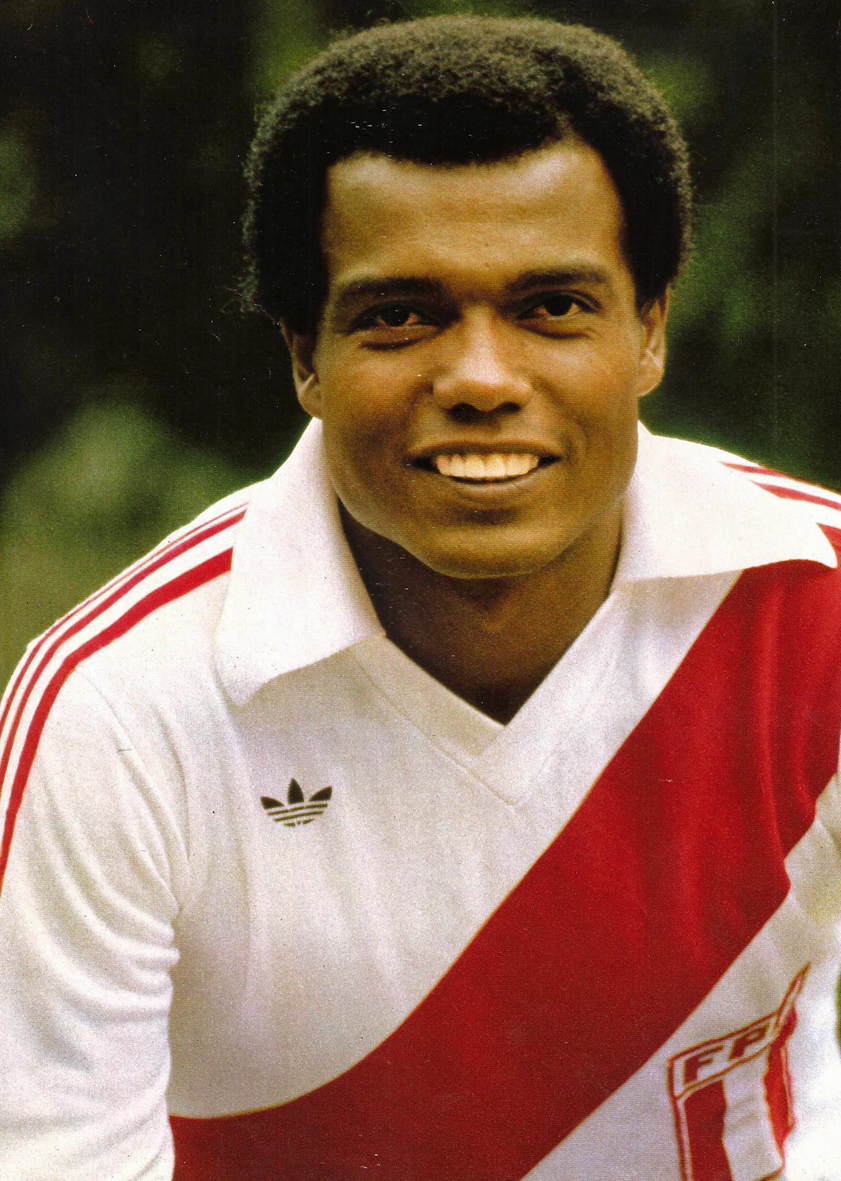
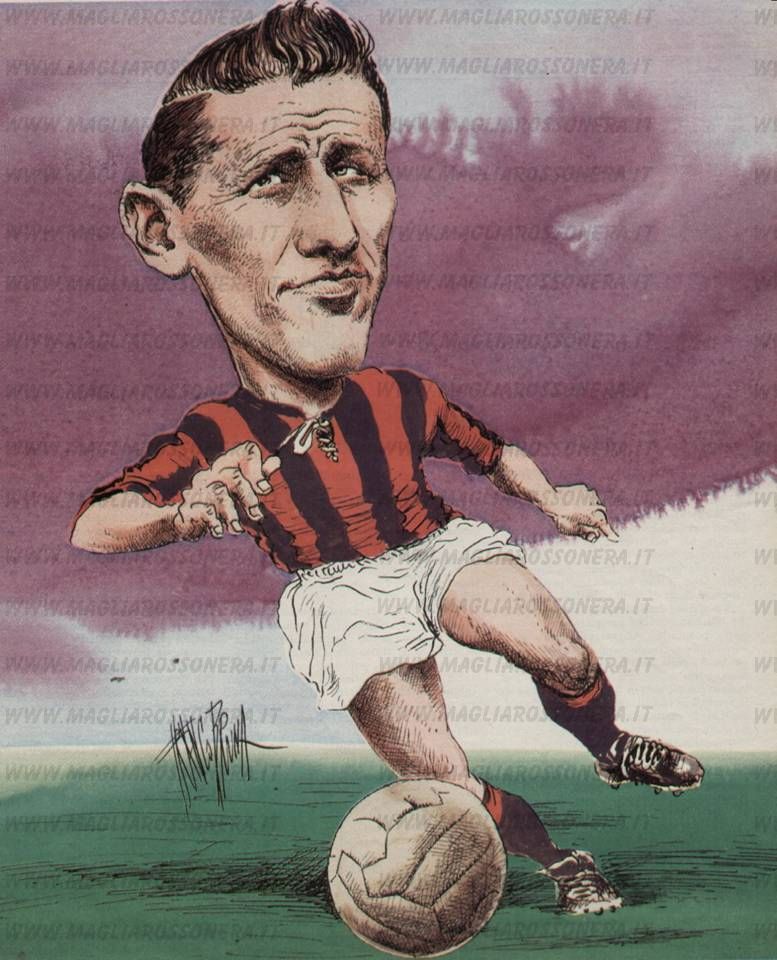




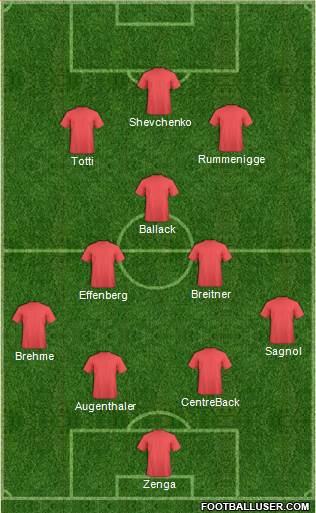
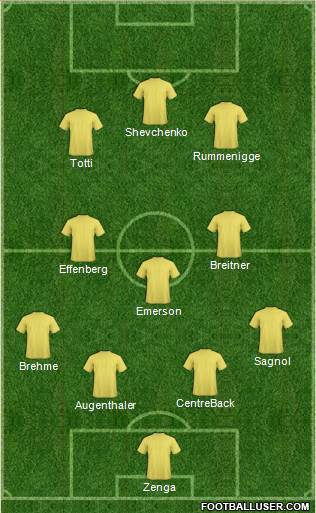

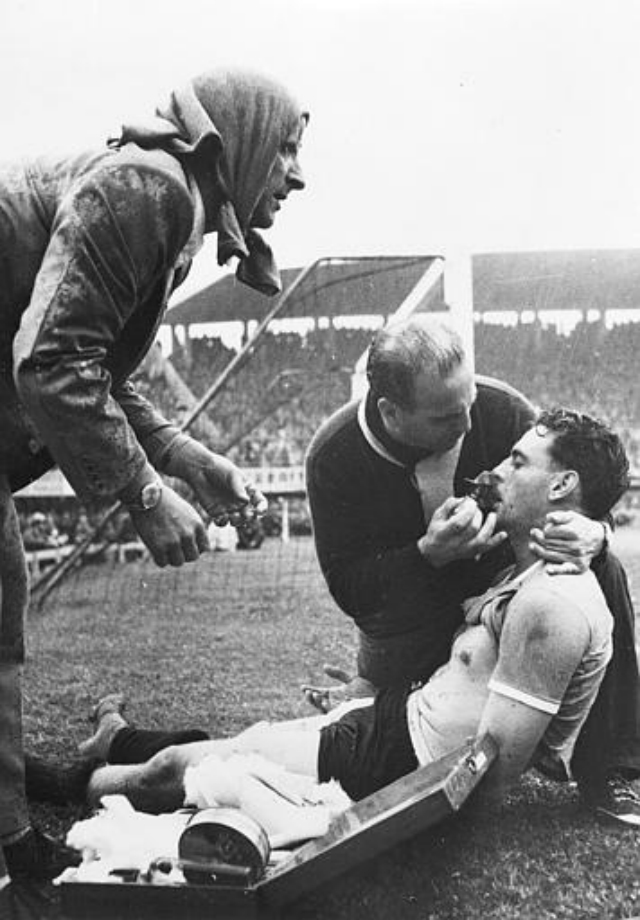
 I knew where this was heading once Enzo went
I knew where this was heading once Enzo went
